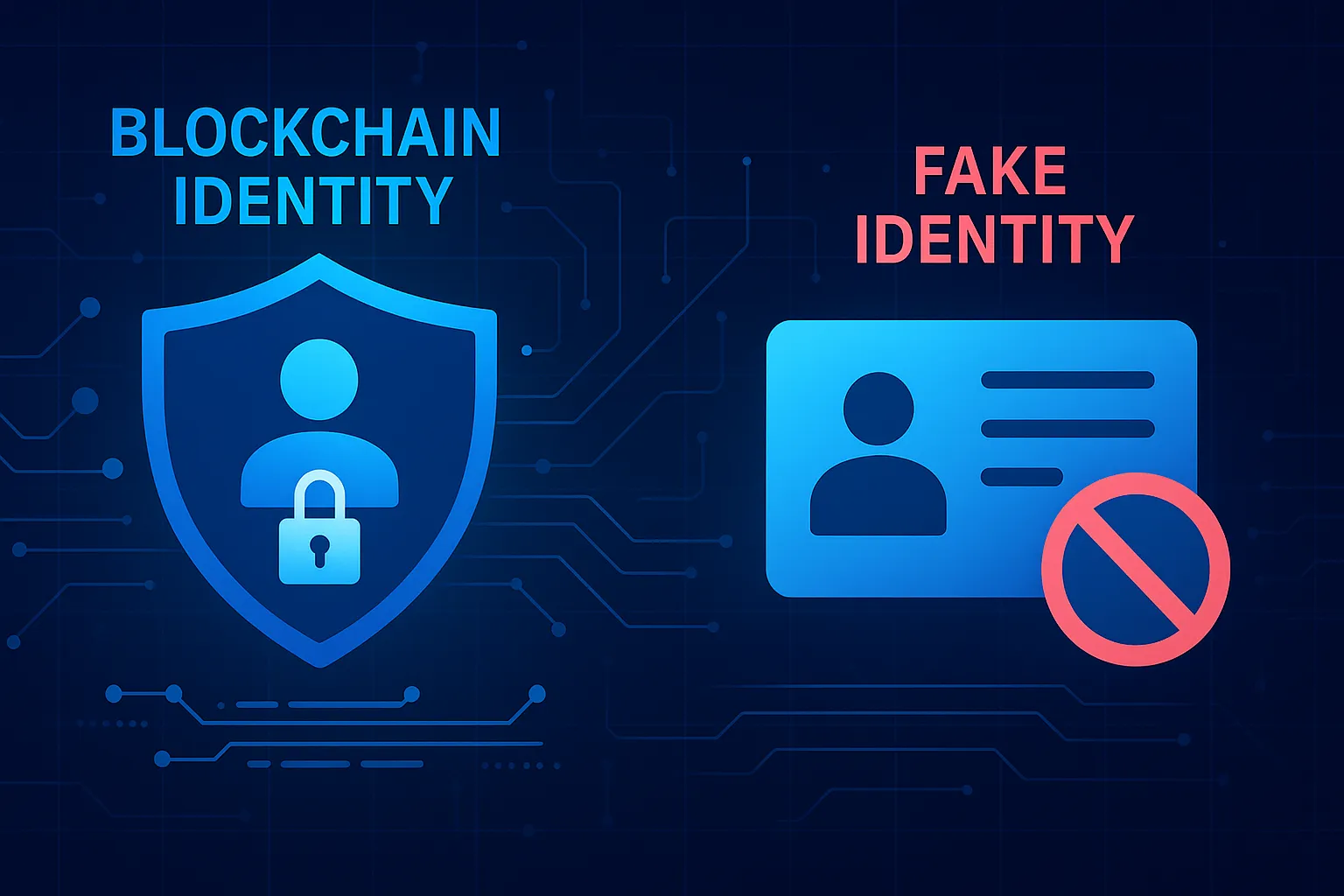Do Fake IDs Work? Blockchain Identity Explained
Do Fake IDs Work? How Blockchain Identity Is Changing Authentication
Short version: Yes, fake IDs apparently do work in some online environments—basically because those environments are susceptible or lack effective authentication methods. Centralized websites are based on old or easily-counterfeited ID verification, so they’re a fraud waiting to happen. But identity systems based on blockchain are revolutionizing all of this. In Web3 pioneer technology, identity is being vetted more extensively using cryptography-based proof rather than images or scans—and making fake IDs essentially useless on decentralized networks.
Table of Contents
- How Fake IDs Get Used in the Digital World
- Why Centralized ID Systems Are Easy to Fool
- Fake IDs in Crypto: KYC, Exchanges & Airdrops
- The Web3 Response: DIDs, zk-Proofs, and Verifiable Credentials
- What This Means for the Future of Trust
- Frequently Asked Questions (FAQ)
How Fake IDs Get Used in the Digital World
It is fairly simple to evade online identity verification. Top-notch fake IDs are readily purchased on the internet and can deceive poorly resourced or weakly enforced Know Your Customer (KYC) regimes. Scammers even employ genuine identity information pilfered from data breaches. Although certain consumers might utilize fake IDs for harmless reasons—e.g., viewing age-restricted content or traveling in embargoed nations—the problem exists in the weaknesses of current identity verification systems.
Why Centralized ID Systems Are Easy to Fool
Traditional identity verification is static in nature. Such sites store an image or scan and compare it with a selfie—usually with nothing more. They lack behavioral analysis, cross-platform authentication, and tampering/reuse detection. In crypto, this vulnerability allows scammers to create multiple KYC-approved accounts, airdrop manipulation, or abuse of bonus programs, undermining platform integrity.
Fake IDs in Crypto: KYC, Exchanges & Airdrops
Synthetic ID usage in crypto is now no longer hypothetical—it has been employed in real-world situations. In big airdrops, analytics have detected over half the claimants as being spoofed or duplicate identities. Some accounts even cleared KYC on big centralized exchanges. Such applications have extreme implications, from devaluing airdrops, eroding trust, to inviting additional regulatory attention.
The Web3 Response: DIDs, zk-Proofs, and Verifiable Credentials
Web3 solves the problem of fraudulent IDs by doing away with identity verification using static documents. Decentralized identity systems (DIDs) enable users to make crypto-asserts regarding certain attributes—being human, over 18, or a unique entity—without revealing personal details. Zero-knowledge proofs (ZKPs) and verifiable credentials are the technologies that make this possible.
With these technologies, the system never receives your physical ID. It receives cryptographic evidence that you match up in some criteria, and it can’t be forged or reused. Identity is now a permission layer—evidence-based, not static documents.
What This Means for the Future of Trust
While imposter IDs will always wander in legacy systems, blockchain-based systems are replacing them. Solutions like Polygon ID, Worldcoin, and Civic are making it possible for the future where identity isn’t creating an ID—but cryptographically claiming your attributes.
This paradigm is shattering the limits of more secure, less fraudulent, and customer control over identity, data, and access permissions. No central ledger, no brokers—just maths proofs settled on-chain.
Frequently Asked Questions (FAQ)
Do crypto exchanges accept counterfeit IDs?
Yes, in certain cases. Individuals have been able to circumvent KYC verification using fake IDs, particularly where sites utilize automatic or outsourced ID checks. It is still against the law and against site rules, however.
Must decentralized platforms necessitate ID?
Most NFT applications and DeFi don’t use traditional IDs. They use wallet-based verification. Some newer ones are adopting decentralized ID solutions (DIDs) for Sybil attack prevention, as well as spam.
What is a Decentralized Identifier (DID)?
A DID is a digital identity that exists on the blockchain or decentralized network and is controlled by the user. It allows users to demonstrate the fragments of their identity without revealing personal data or relying on central authorities.
How does zero-knowledge proof support the advancement of identity verification?
ZKPs enable one to demonstrate certain facts—e.g., that one is more than 18—without revealing underlying personal data such as birthdate. The approach preserves confidentiality and makes forgery of evidence nearly impossible.
Can blockchain potentially eliminate completely fraudulent counterfeit identities?
Not completely, but it also greatly diminishes the efficacy of old fake ID scams. Blockchain identity systems not relying on paper documents remove all the usual types of forgery, making it much more difficult to commit fraud.
➔ Post created by Robert AI Team




